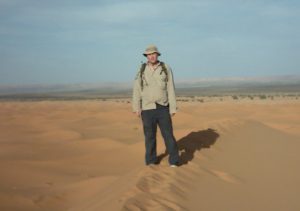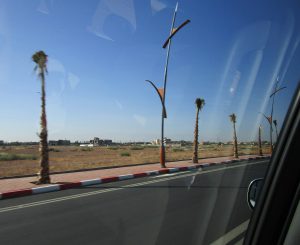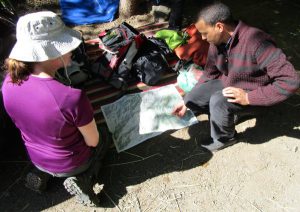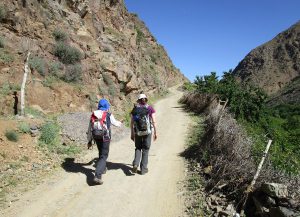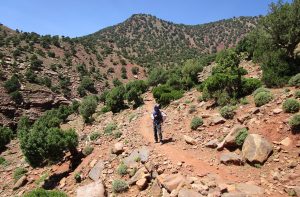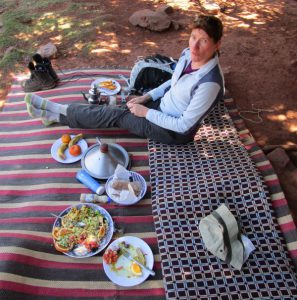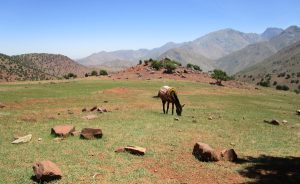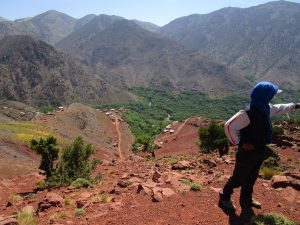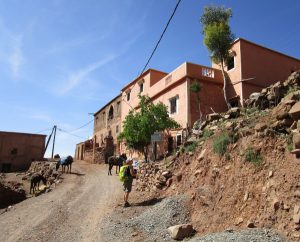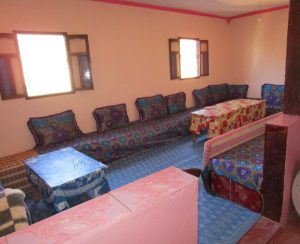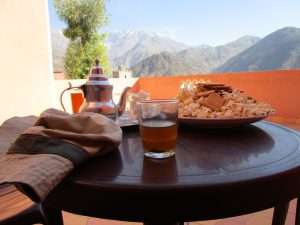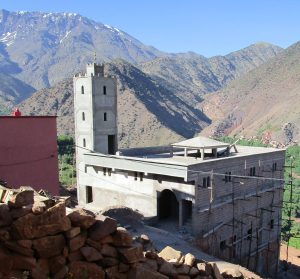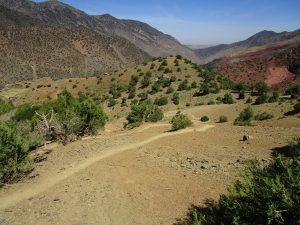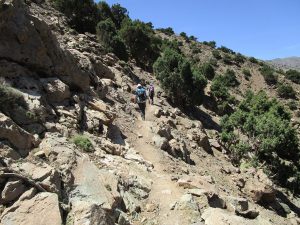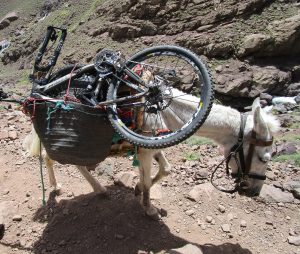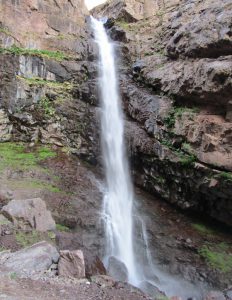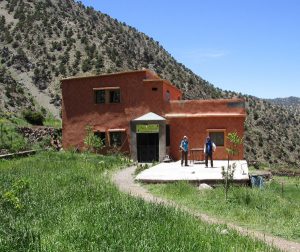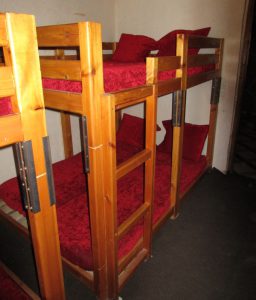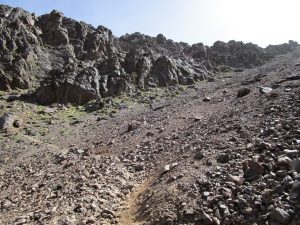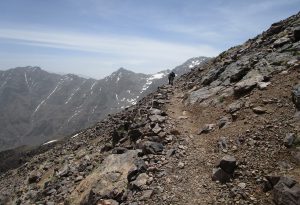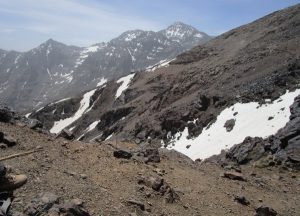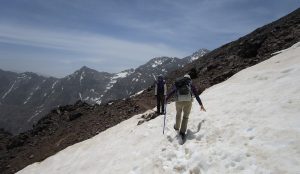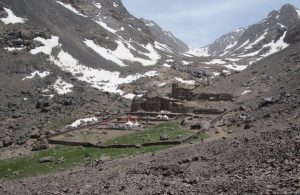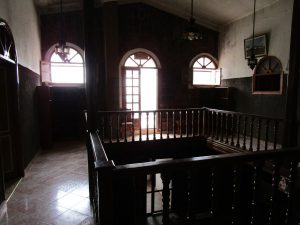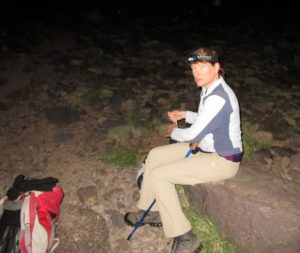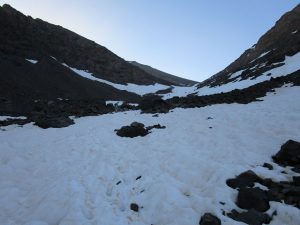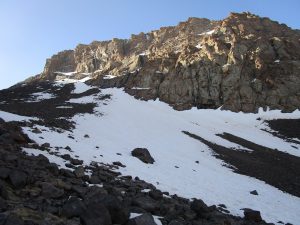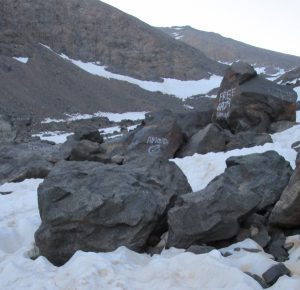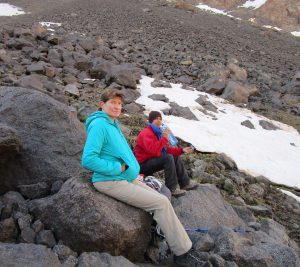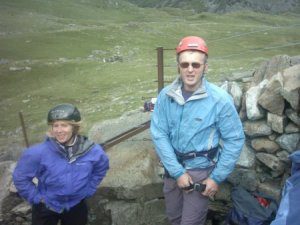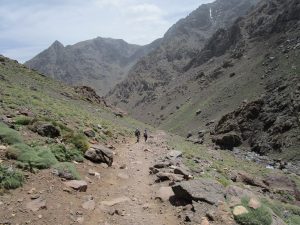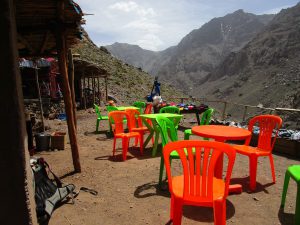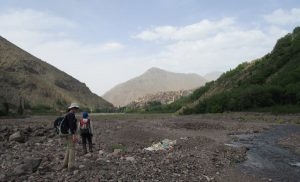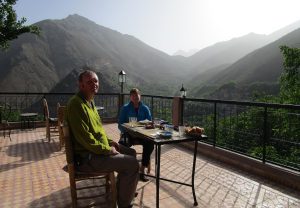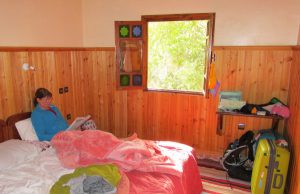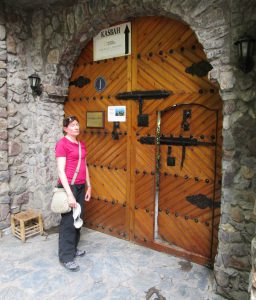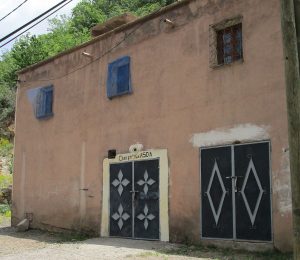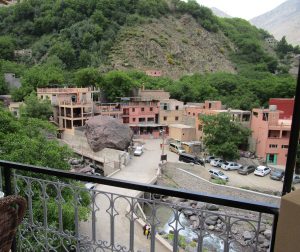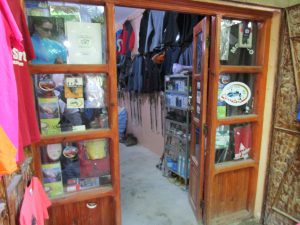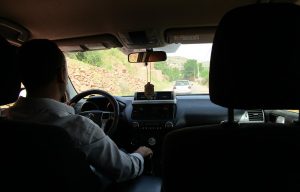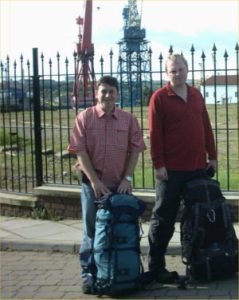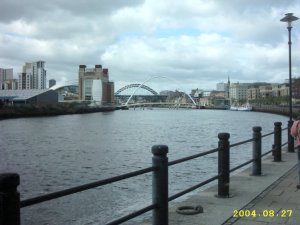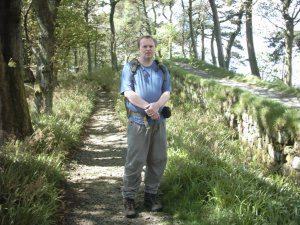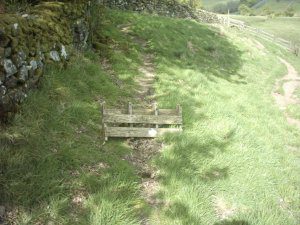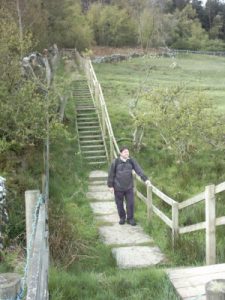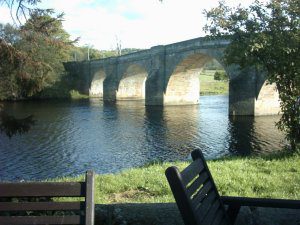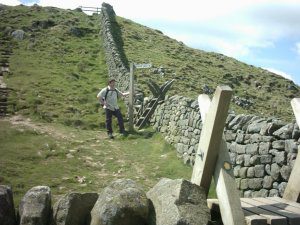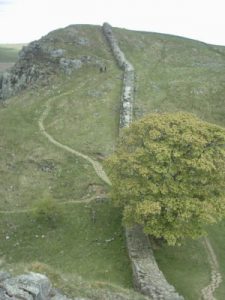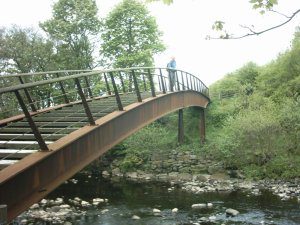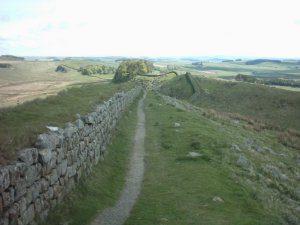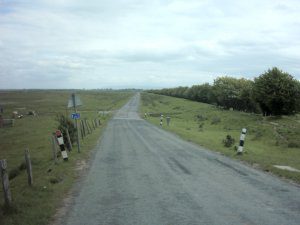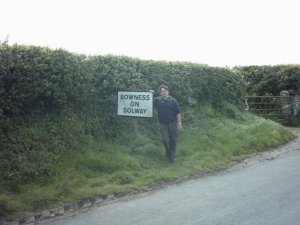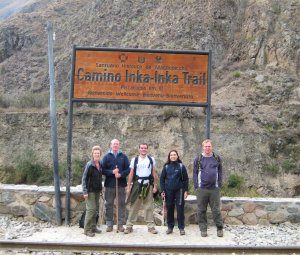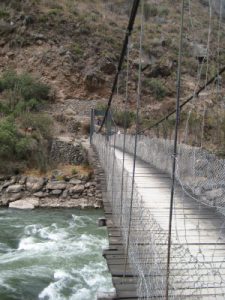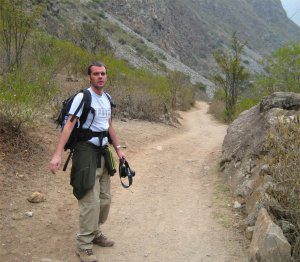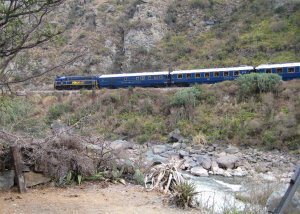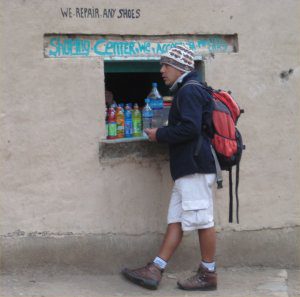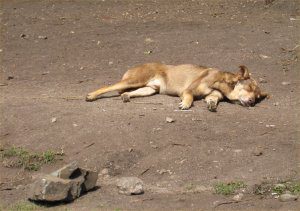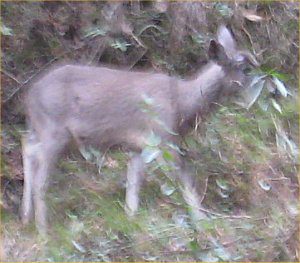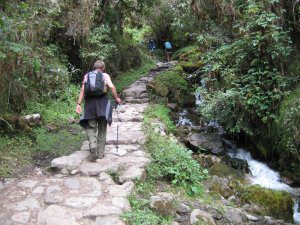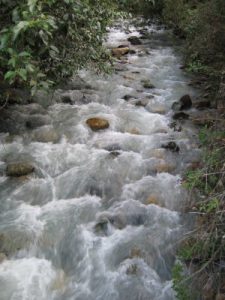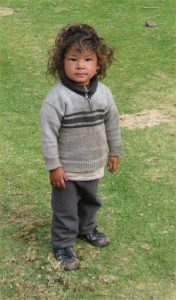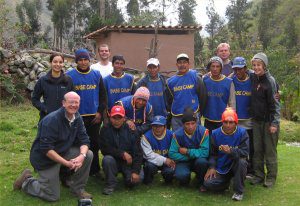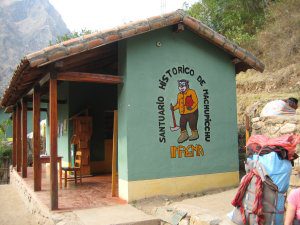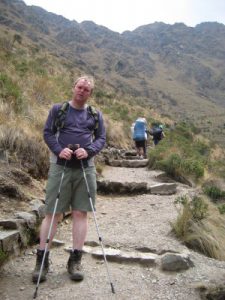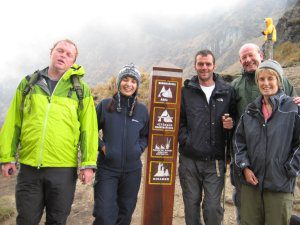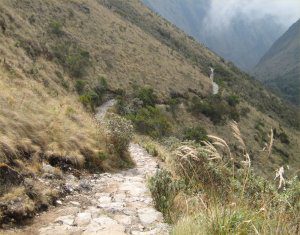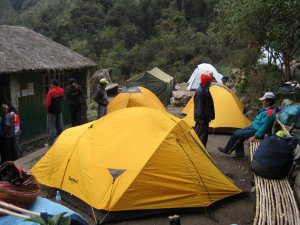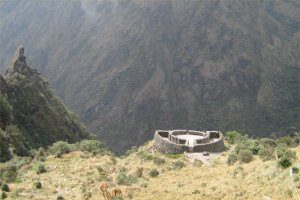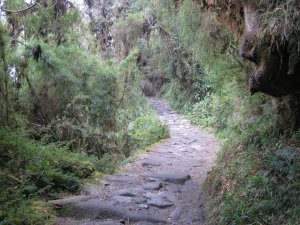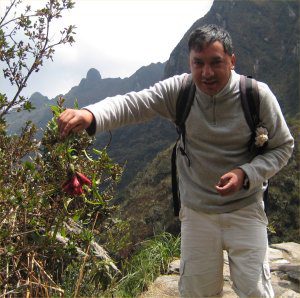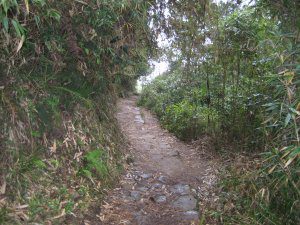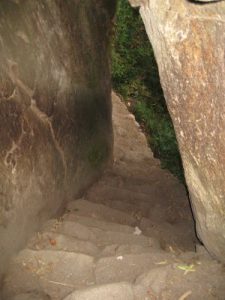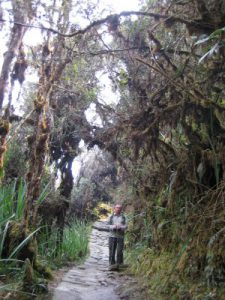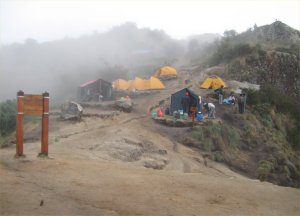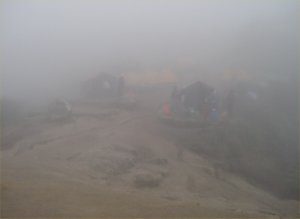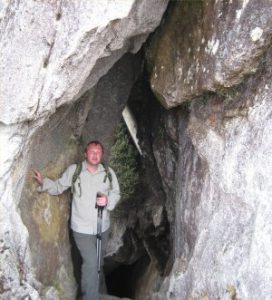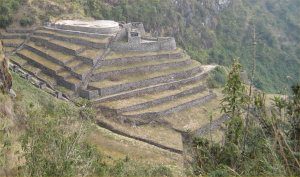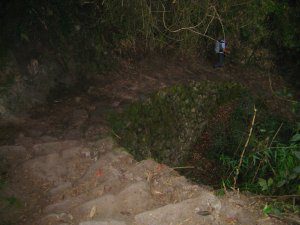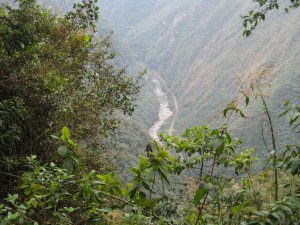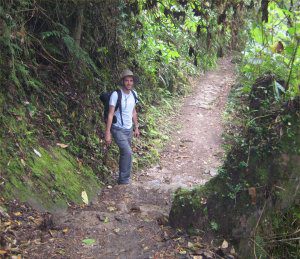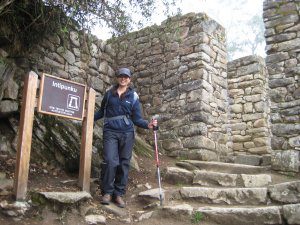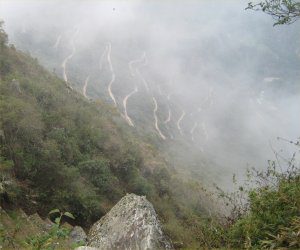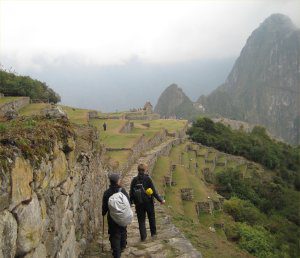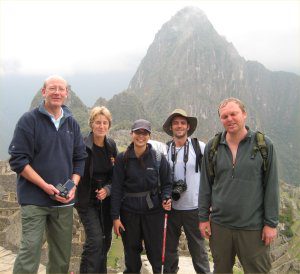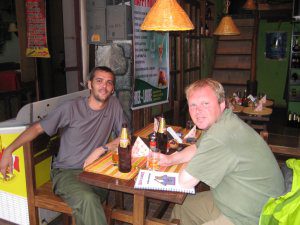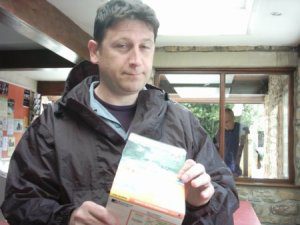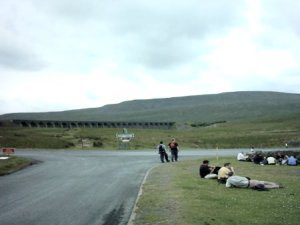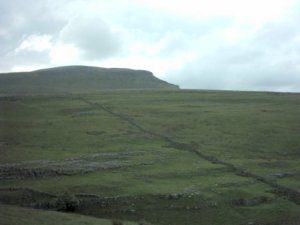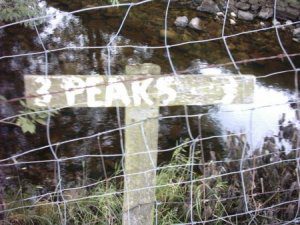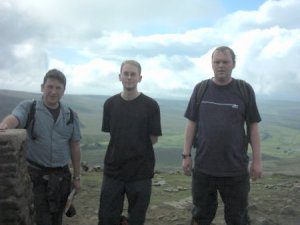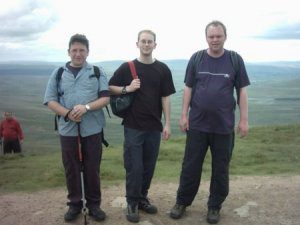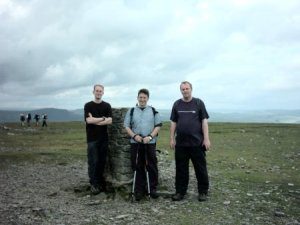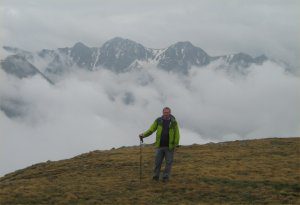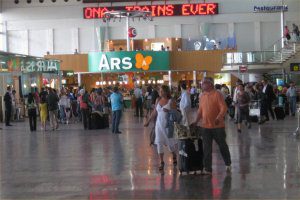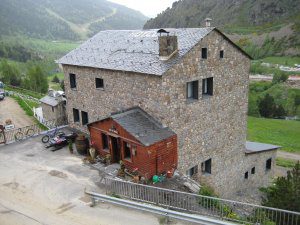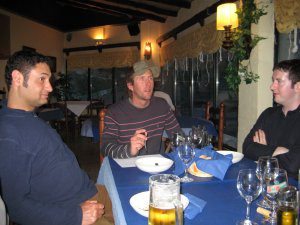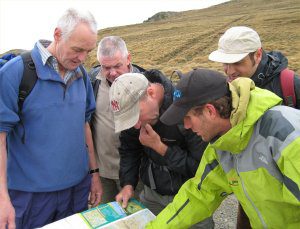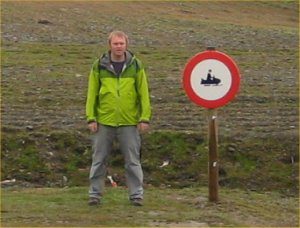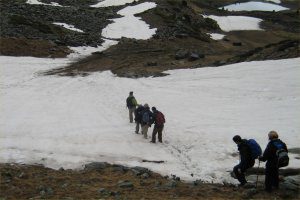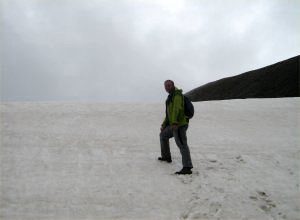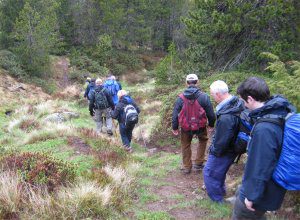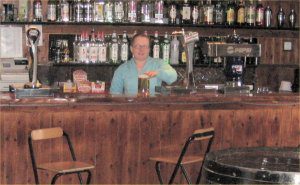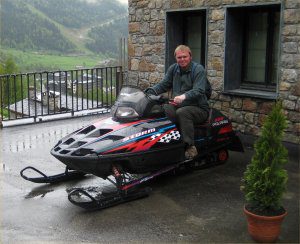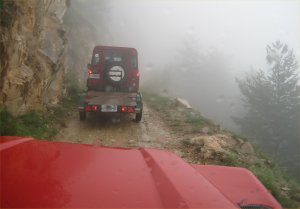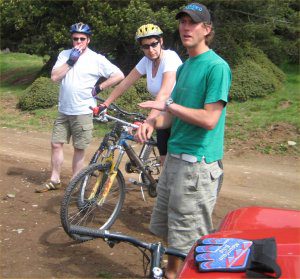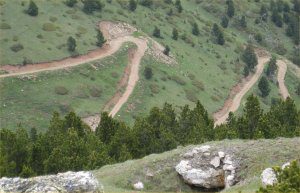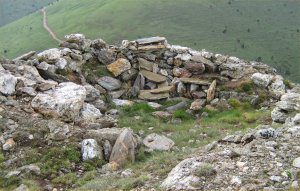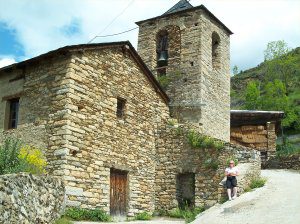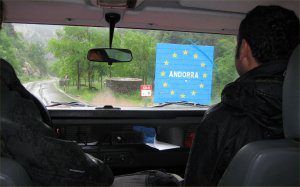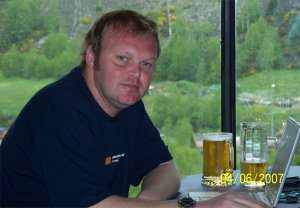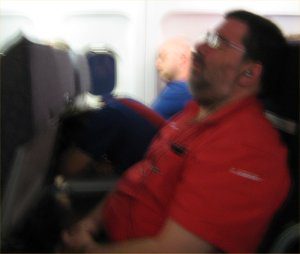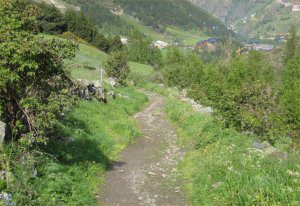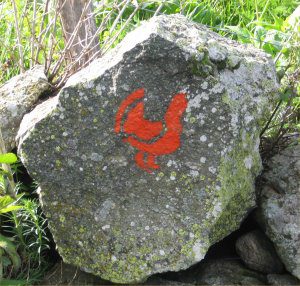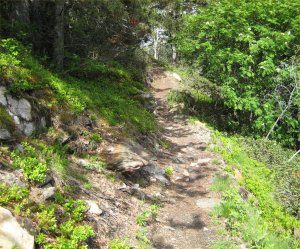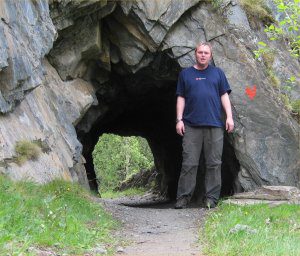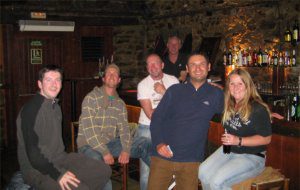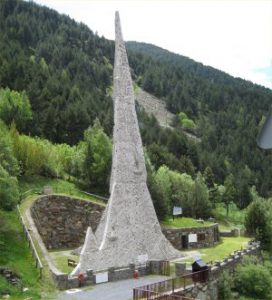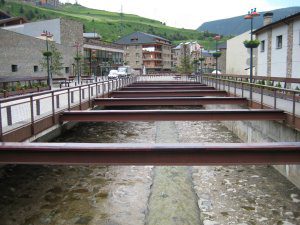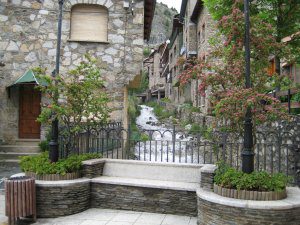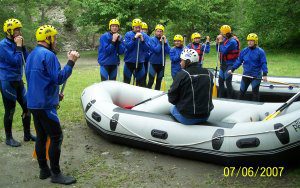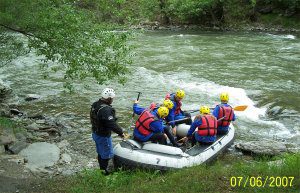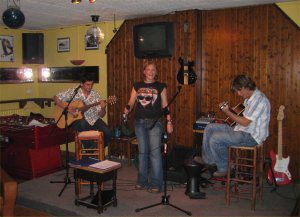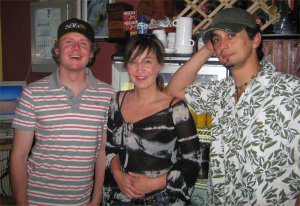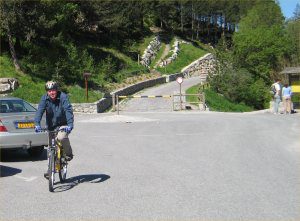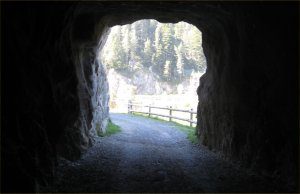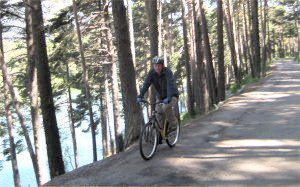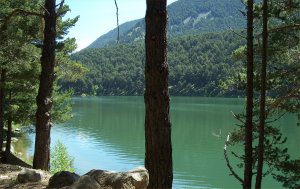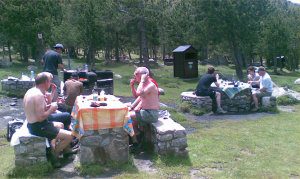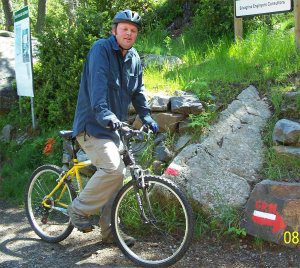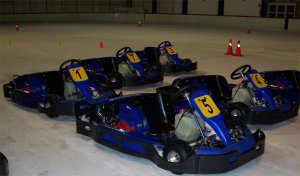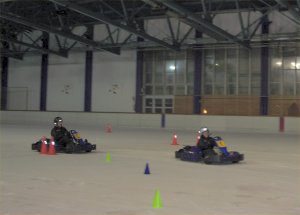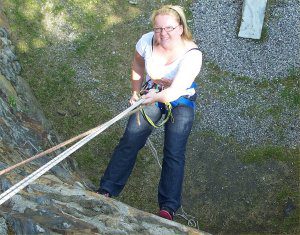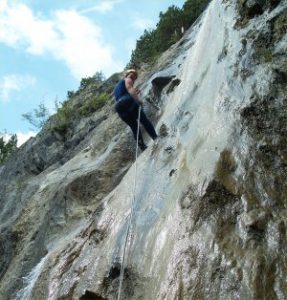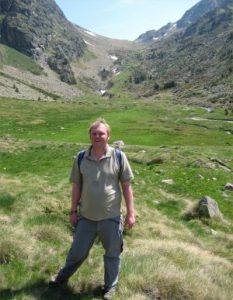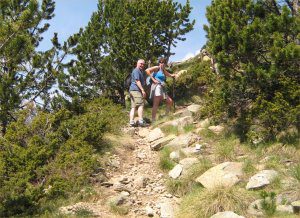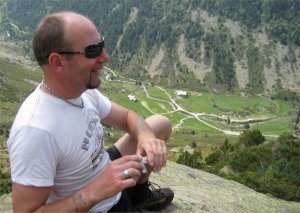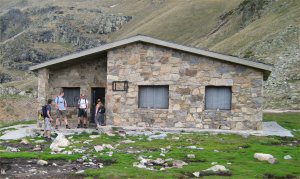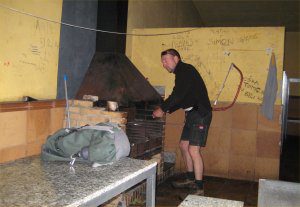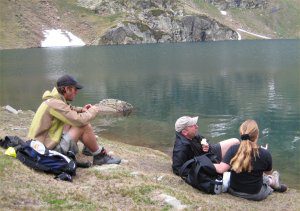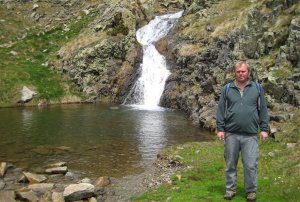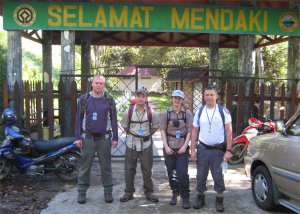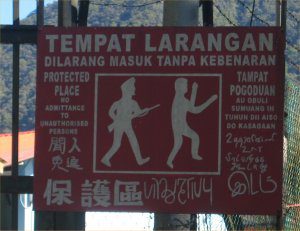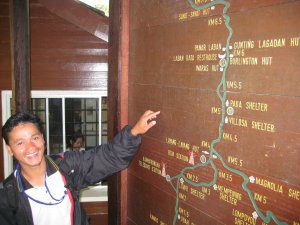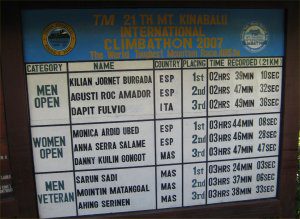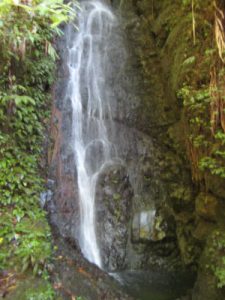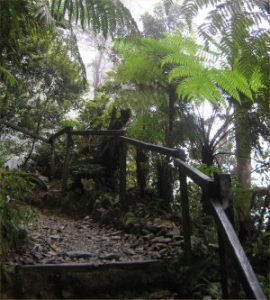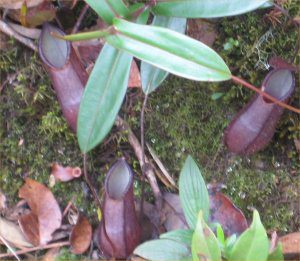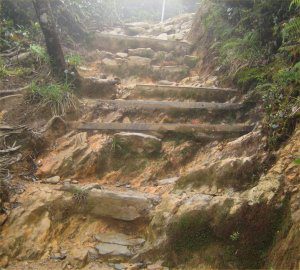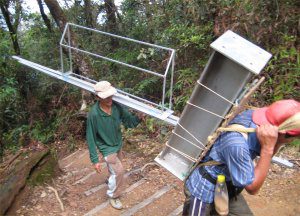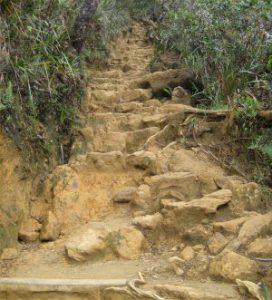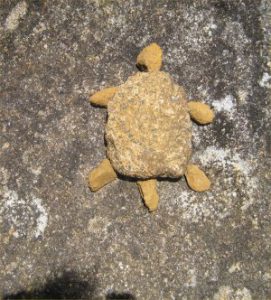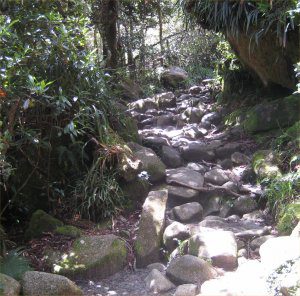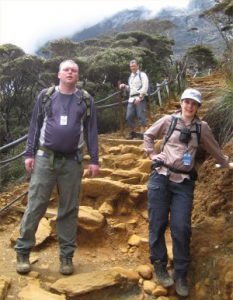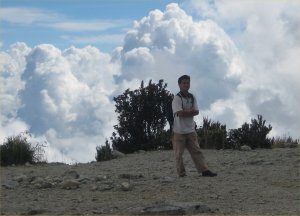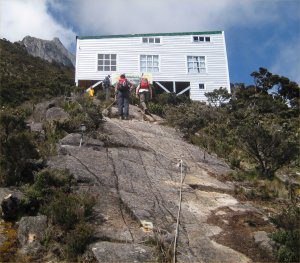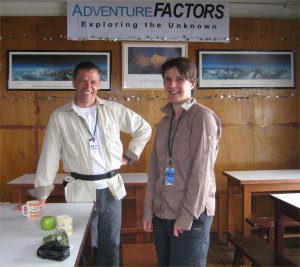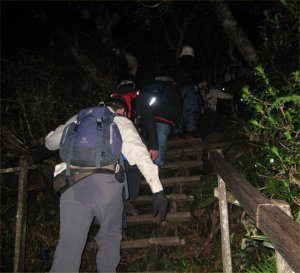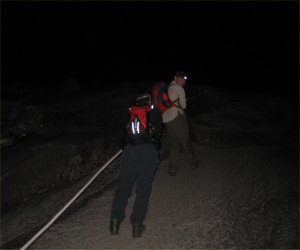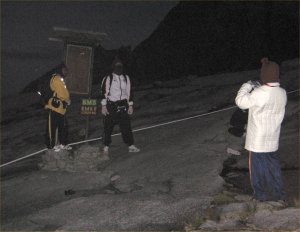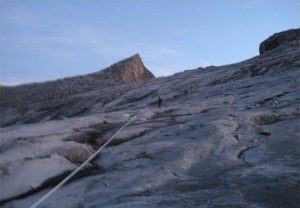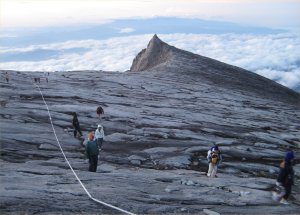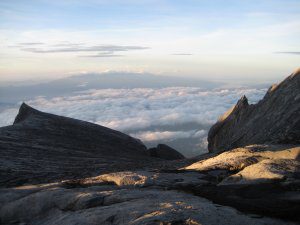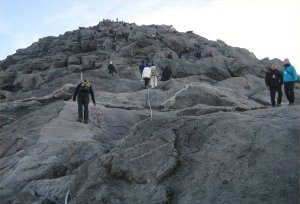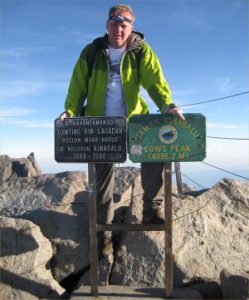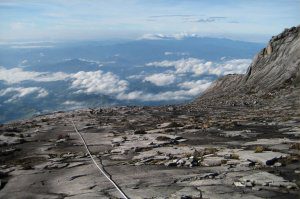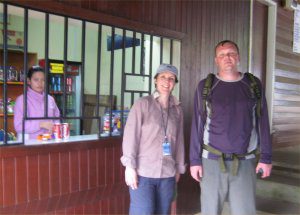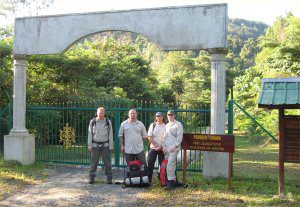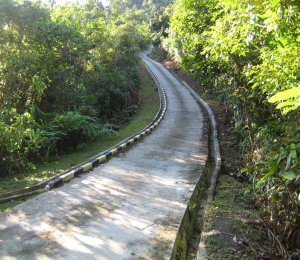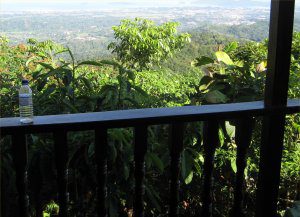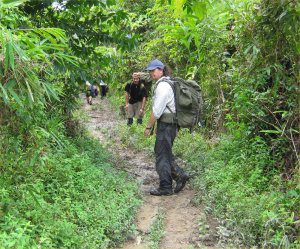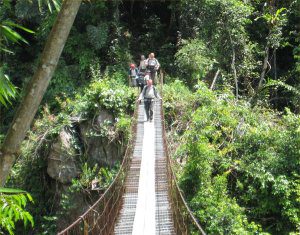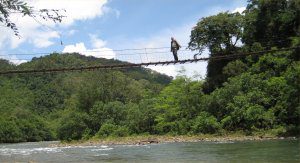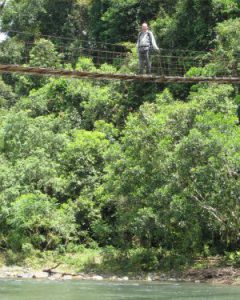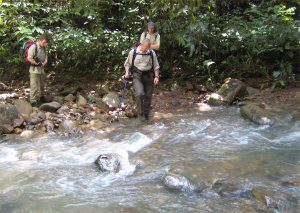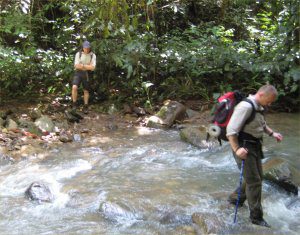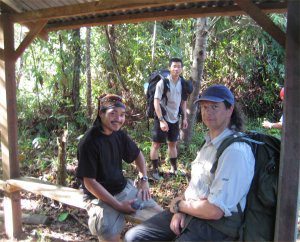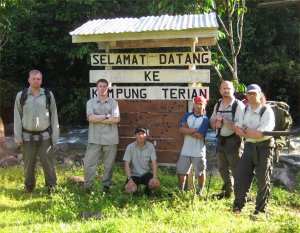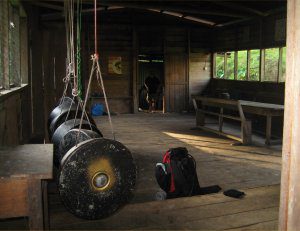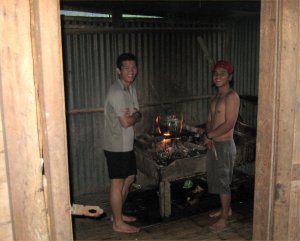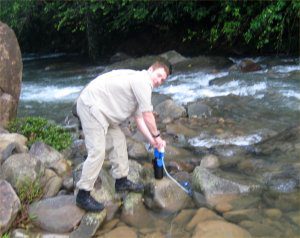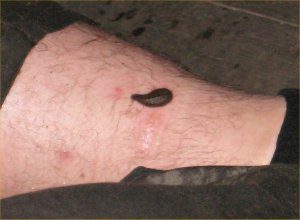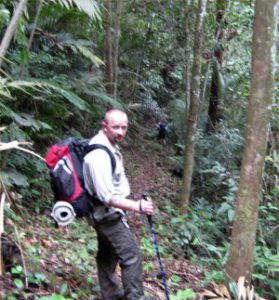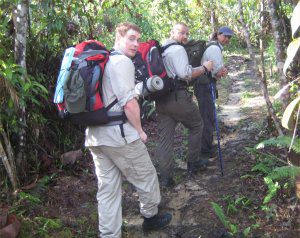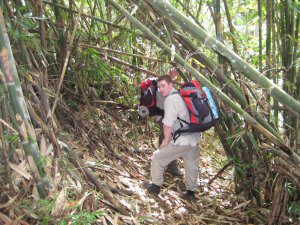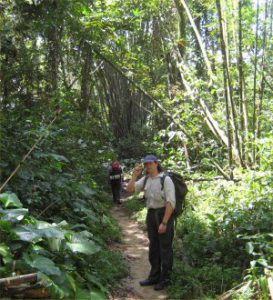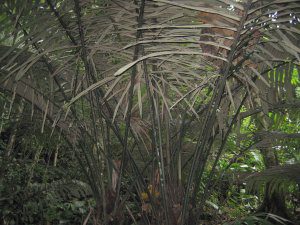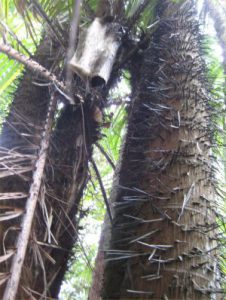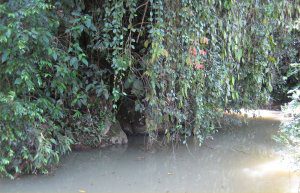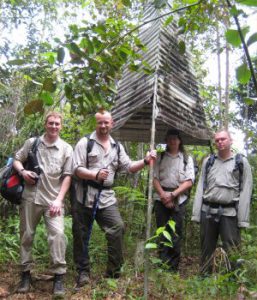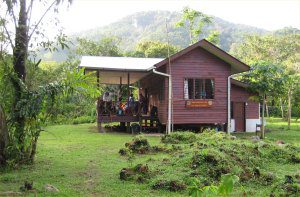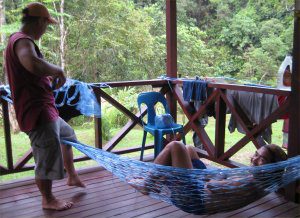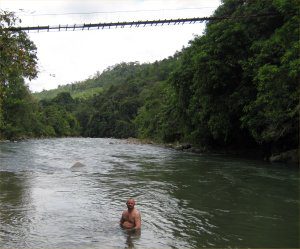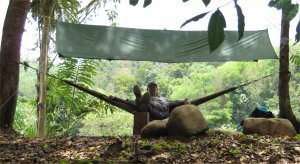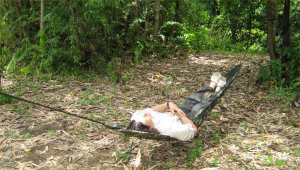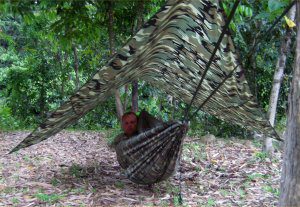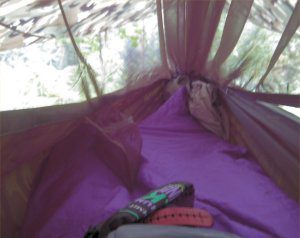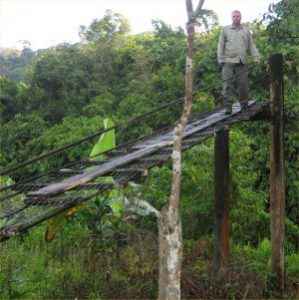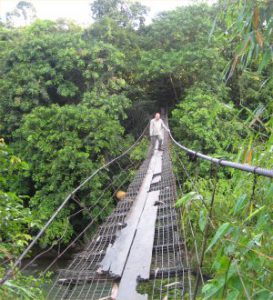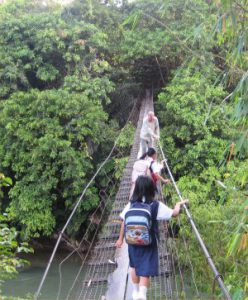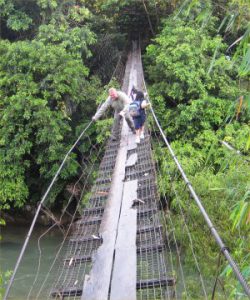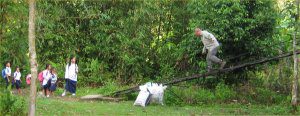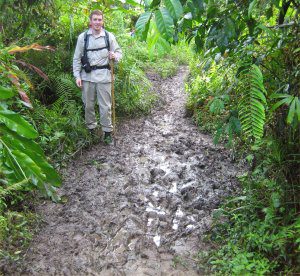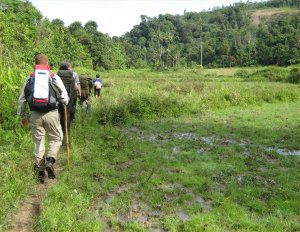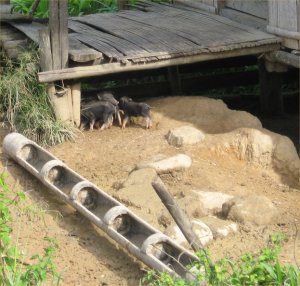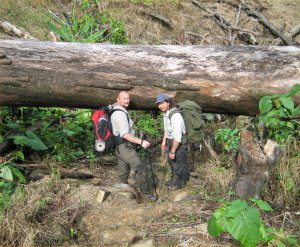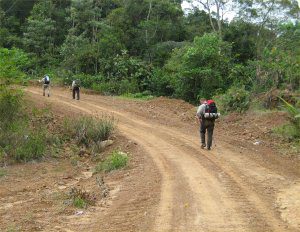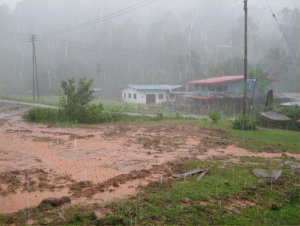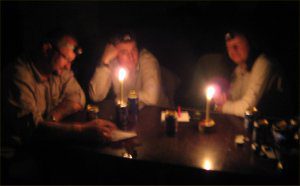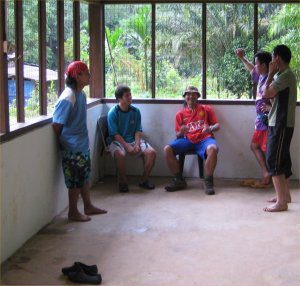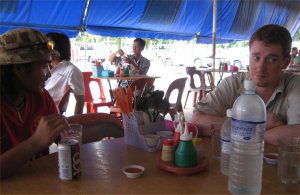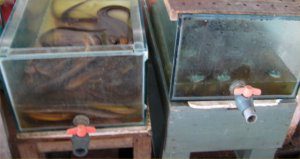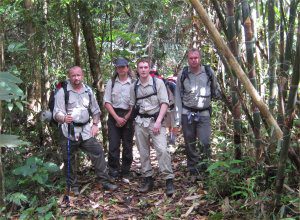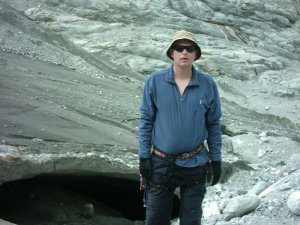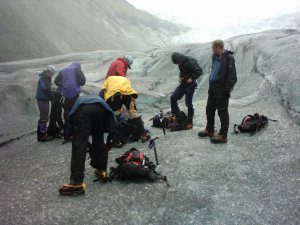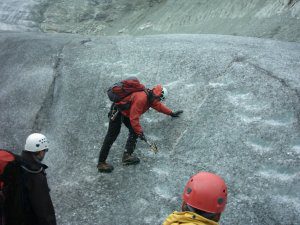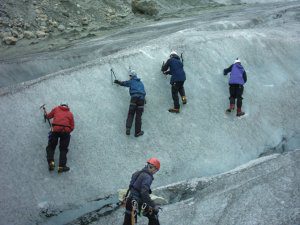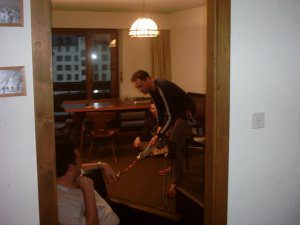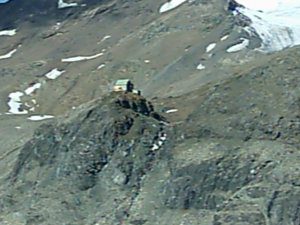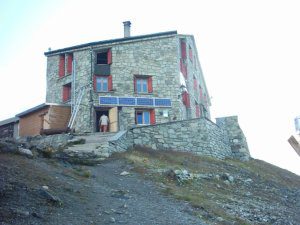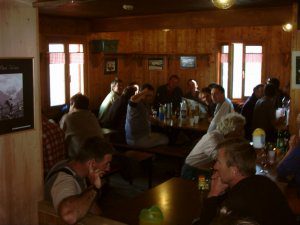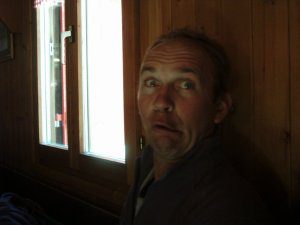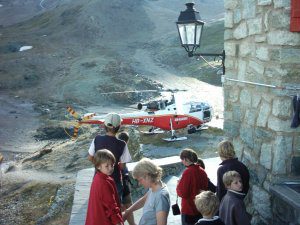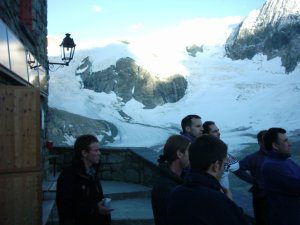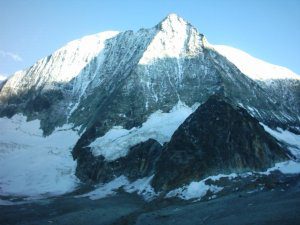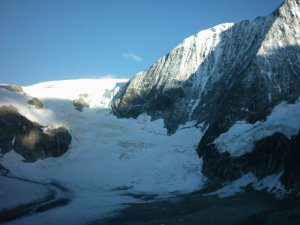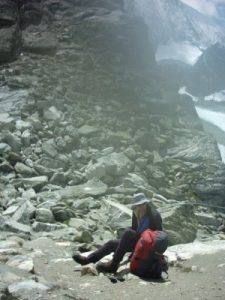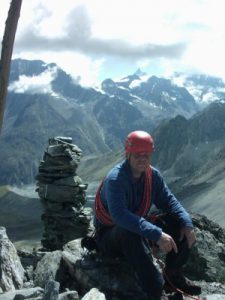I’d been to Morocco twice before which is unusual, as I normally want to see new places and don’t go back.
However, this place is an enchanting adventure paradise, and for some reason I’d never been trekking in the Atlas mountains.
We found a well recommended trekking company Aztat Treks, booked some flights, “base” accomodation in Marrakesh and off we went.
Our flight arrived late at night, so we had a transfer booked to our Marrakesh accommodation.
A quick meal, shower and then off to bed…
In the morning, I had images of things being a bit of a faf and organisation being a problem, but I shouldn’t have worried.
Just as we were finishing off our breakfast, we were told that our driver was waiting to take us to Agersioual where we would begin our trek.
The journey took about 90 minutes and I was amazed at the new roads and new cars (which even had seatbelts and air conditioning that didn’t consist entirely of an open window).
Morocco had clearly upped its game since the last time I was here in 2008.
We arrive and meet Mohammed Aztat, the owner of the company. He shows us on the map where we’ll be going.
We’re introduced to our personal guide Mohammed and our cook/muleteer (mule driver) Ibrahim.
Our first day will be an acclimatisation trek in the Ouirgane National Park.
Our main bags are loaded onto the Mule along with all the cooking equipment, water and food well need for the next 4 days.
The Mule and driver take off up the hill and leave us behind. We get chatting to our Mohammed and he tells us a bit about himself and the area’s were going to be visiting.
Our first look at this beautiful land.
The terrain here is quite gentle (as you’d expect on an acclimatisation day) and the whole area is coated with copper green soil and juniper trees.
The temperature is hot, but not unbearable (although a hat and sunglasses are essential).
As it reaches lunchtime, our guide leads us to a spot with several tree’s for shade.
We’re delighted to find our cook has set everything up, and we have a glass of mint tea, then were presented with a delicious Tajine (its restaurant quality food, the only problem is there’s enough food for 6 people).
Mint tea is the traditional drink of the Berber mountain tribe. As a joke its nicknamed Berber whisky (the joke is, that they are Muslims and don’t drink any kind of alcohol).
Our guide explains that were going to take it easy today. As there’s no hurry, we sit on our rug, under the tree and relax for the next 90 minutes.
Our hardy mule is unloaded and left to wander in the valley and stock up on grass.
We asked later if the mule had a name, but they said it wasn’t normal to give them names, although their company has very strict rules on their treatment.
Its about 4:30pm.
We reach the top of the pass and bellow, the Berber village of Tizian where we’ll be staying for the night.
You’ll notice from this picture, Mohammed always keeps his head covered.
It’s easy to get massively sunburned here, and not even notice it (until it starts to hurt).
We wander up through the village and arrive at the refuge where we’ll be staying.
Once inside, the seating area is of traditional Berber style.
There are several bedrooms in the gite, with light mattresses on the floor. As there are only a few people staying, Nikki and I get a room to ourselves.
The toilet and shower are functional although they could benefit from a qualified plumber (or perhaps just someone with a modern set of tools).
With the days walking complete we rest on the terrace and have some more mint tea (I wouldn’t have minded a pint of lager, but there would be none for the next 5 days).
From the terrace, we could see the construction of the new Mosque, which the local villagers are very proud off.
Unfortunately, the scaffolding outside made of old wood, wouldn’t pass a health and safety inspection in the UK.
Next day, were up early, breakfasted, cleaned up and off we go.
We’ll be trekking up the Azzeden Valley.
The area opens up into a wide expanse of lush walnut groves.
After about 3 hours, we change direction and trek horizontally across the mountains on these rocky trails.
On the way we found a small “shop” where an enterprising teenager is selling bottles of Coca Cola for about 40p.
Further up the trail, we meet another mule and driver coming towards us. I’ve realised that mules are the main means of transport in the mountains.
Normally used to carry gear and food (and occasionally, a weary trekker home, when they’ve bitten off more than they can chew and can’t walk any further!).
When I saw a bicycle being carried, it seemed to me to be a bit like cheating.
If you want to ride it down, you should be prepared to ride it up 🙂
We stop to photograph one of the Ighouliden waterfalls.
Our home for the night, the Lippeney hut.
A bit nicer than our previous refuge, and had a basement sitting area that was very cool in the hot afternoon.
Something I’d not seen before, a sort of “double” bunk bed.
Once again, we had our own room, which was pretty fab.
Our 3rd day is much harder as we’ll ascend 1400 metres.
We climb up really steep scree and leave the Azzaden valley behind us.
Were heading towards the Aguelzim mountain pass at 3,560 metres so we can reach the next valley and the Toubkal refuge.
Reaching the top of the pass, we have lunch with spectacular views (and mint tea, boiled-up on a small fire).
Snow on the tops, and our first view of the Toubkal massives.
Things start to get exciting as we cross various snow fields.
It’s for this reason we’ve had a picnic today.
Mules cannot safely cross this kind of terrain, so our mule and driver have had to trek back to Imlil, and then up the Imlil pass to join us at the Toubkal refuge.
Our first sight of the mountain Niltner hut at the base of Toubkal.
Inside its a functional mountain hut (which I personally don’t like).
Sharing a room with about 10 other people !. We briefly discussed getting our own room, but decided since we’d be getting up at 4am, the £80 wasn’t really worth it.
Dinner that evening prepared by our cook. I had great expectations. I’d only climbed 1, 4000m peak in my life (Kinabalu in Borneo) and this would be my 2nd.
If only I’d known 🙁
Everyone in the hut was getting up at different times, so we awoke at 2am and never got back to sleep. An appealing nights sleep over.
No matter, we get out, put on our head torches and the 3 of us set off for Toubkal (4,167m).
In winter, the trek requires crampons and ice axes. At this time of year, its “easy” snow, which just mean the annoyance of moving slowly.
900 metres of ascent, It will normally take 5 hours to get up to Toubkal, and back down to the refuge.
The first sun of the day, hits the mountain rocks above and its a beautiful sight.
Were making slow but steady progress, but its clear that were exhausted from the previous few days and its actually going to take us 8 hours to get up and back to the refuge.
As we stop for a rest, I realise people have sprayed political graffiti on these rocks. Is nothing sacred ?
And then, one of the hardest decisions I’ve ever made.
Nikki points out, that once back at the refuge, we have to make our way back to Imlil. We’ll be exhausted by the time we get back to the refuge, and lucky if we make it back to our hotel before 12 midnight.
Part of me refuses to give in. But its clear, that here and now, it’s just not going to happen. I realise I’m in denial and Nikki is right.
At this point, were going back anyway, so if we carry on up hill for another hour and don’t reach the top, its just wasted effort.
At this point, I’m transported back several years to an Alpine preparation course I did at Plas Y Brenin with Louise Thomas, one of the best mountaineers in the world.
The other chap in this picture mentioned that he’d almost got to the top of Kilimanjaro, but had to turn back and had always regretted it.
With years of experience she’d said simply “Never regret going back. If its not the time, then its just not the time”.
With a heavy heart, I head back down hill.
Back to the refuge and a cup of awful coffee served by the indifferent staff.
Then we head back down the hill to Imlil.
Its only now I realise how much the previous few days have taken out of me. I’m shattered and deeply relieved that I’m heading for a shower and comfortable bed.
Another teenage “entrepreneur” has setup a small cafe, so we stop for coca cola.
They must have got a special deal on brightly coloured chairs.
At ground level, its a few more miles, with Imlil in sight.
If my feet could speak, they’d be swearing at me right at this moment.
And we arrive at our hotel, Dar Adrar.
A shower and then some food on the terrace.
The adventure part of the trip is over and now we can relax.
We’re reunited with out main bags and relax in our wood panelled room while connecting my laptop to the hotel wifi.
For the first time in several days, I can shut the door, and nobody will disturb me.
A relatively early night, the days earlier disappointments forgotten.
We have a 2nd night booked in Imlil so we’ve got the whole of the next day to explore.
Nikki has been to Imlil before spent time in a place called the Kasbah.
Its rated by National Geographic as one of the best places to stay in the world.
We sat out and had Coca cola and coffee at farcically inflated prices but it was very comfortable and relaxing.
As we wandered further around the village, we found this shop which was closed.
It had a cheeky sign on the front, that said “cheaper than Asda” 🙂
We relaxed at a coffee house in the main village for several hours.
We went through quite a lot of coffee, before heading back uphill for dinner.
The following morning, and its time to head back to Marakesh.
Another mile takes our bags down the hill to our transport.
We actually get to see Mohammed’s famous shop. It has lots of 2nd hand kettles and waterproofs for sale. I love places like that.
And then its 90 minutes in an air conditioned car, back to Marrakesh.
Our adventures over and I’m looking forward to a few beers, some nice food and a lie in.
